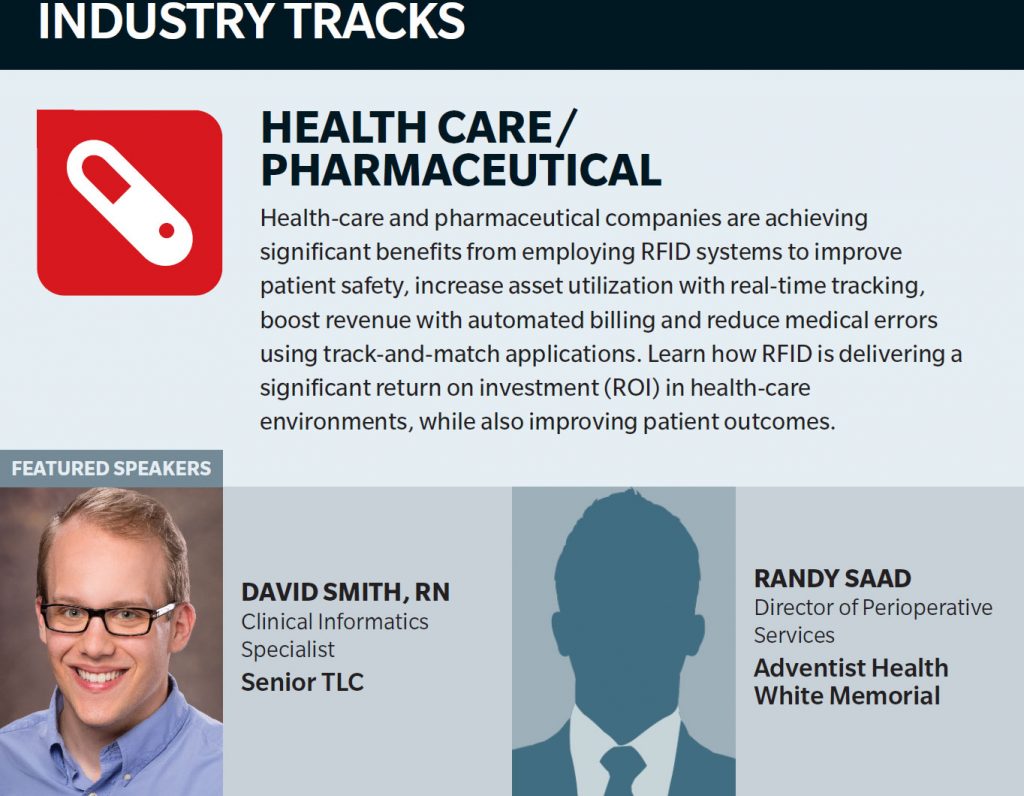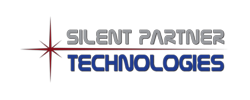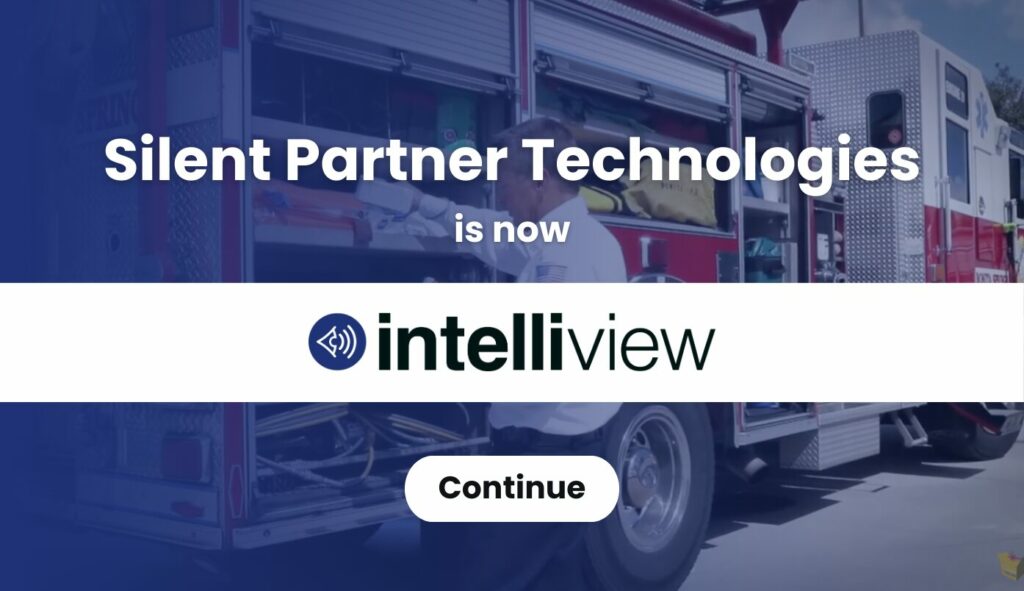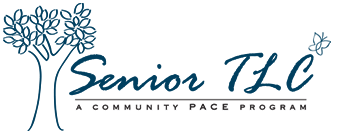
Senior TLC is a PACE program located in Gastonia, North Carolina we are 1 of 12 PACE programs in NC. Our service area includes all of Gaston County, and parts of Lincoln and Cleveland County.
PACE stands for program for all inclusive care of the elderly. PACE programs are classified as Medicare Advantage plans under federal regulation and they are considered Adult Day Health Centers under North Carolina Law. What does that mean? It means that we have two regulatory bodies with slightly different views on how care needs are to be provided or delivered to our participants. It needs to be noted that these participants do not stay at the adult day health center, they either go home, or they go to a nursing home at night. We are open 8-5 Monday through Friday, except for 6 holidays and we cannot close for more than four days in a row without declaring an emergency. We also provide overnight on call services, weekend care if need, end of life care, durable medical equipment, etc…
What do the participants get when they come to STLC? As part of our program, Senior TLC has a medical clinic as well as an interdisciplinary team (IDT), consisting of Primary Care Physician, PT, OT, ST, HCC, RN, CNA’s, Drivers, Center Manager, RT, SW, and Dietician. We have 17 cars, transit vans, and wheelchairs vans that make up our fleet of vehicles we use to transport our participants back and forth from our day center, outside appointments, dialysis, etc.
Our day center houses our medical clinic, a dementia unit, a therapy gym, a restorative nursing program, and activity rooms for participants. In total, there is almost 26,000 square feet of space and never nearly enough bathrooms. Inside of our day center, we have a swarm of CNA’s who take care of the participants needs in the center. There is an in house pharmacy that operates closely with Senior TLC to provide all medications for our participants. We have another set of 30 CNAs who go out into the participant’s house to provide home care for the participants.
So, our problem, we are responsible for knowing where each of the previous three things were in our center: our staff members, participants, and the blue bags. A few quick numbers, we have 235 participants, 235 blue bags, 140 staff members who need to be tracked. On average, we have 120 participants and 100 staff in the building and need to be accountable for all of them at any given time. When we reach capacity, we will have 180 participants, close to 150 staff in the building at one time. We are a rapidly expanding program! In the event of an emergency, we need to get all staff and all participants outside of the building and know if anyone was left inside. This task was particularly hard with our previous method of tracking all of these assets.
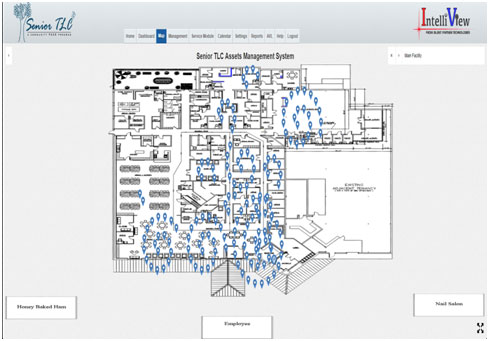
This browser based software is the hub of all of the technology for the active and passive RFID. From this browser based software, we can enter new badges into the system; define the map layout, run reports, etc… The view shown above is the map view where an overlay of our center map is on top of a Google map. In this picture, what you can’t see is the list of assets on the left side of the screen. You would also be able to search for anyone participant or staff member and see where they were. This screenshot was taken at 3:00 PM when most of the participants are geared up to go home and you can see the clusters of people at the front of the building. You can also see that there is no one currently in the therapy gym in the top left of the picture. Again, the software doesn’t track your exact whereabouts in the building, just an approximation. And it is displaying the many RFID tags in a spiral to be a little bit easier on the eye. Lastly, you can see our three muster locations in the bottom of the screen where our participants and employee will gather in the event of an emergency.
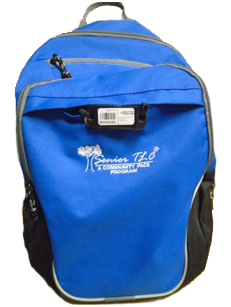
Our passive tags helped our pharmacy staff immensely! They estimated that implementing the passive tags and the Geiger gun saved them at least 4 hours a week of chasing down blue bags inside the center They could tell if the blue bag was in the holding area, or up at the front waiting to be picked up by the participant going home They were all extremely grateful to have a tool that would pinpoint the bag they were looking for. They were a few times that a participant would “lose” their bag in the center and we would be able to “trace the steps” of the bag and locate where it ended up.
We had a huge jump in badge compliance, we were able to track which badge members were wearing their badge every day. We didn’t need to have every manager walking around checking to ensure that people had their badge on. This was a great step for our organization as the participants stopped complaining that they could not tell staff from visitors. We had a large decrease in the number of hours that people were “cruising” the building looking for other staff members, participants, or participant’s blue bags. Ideally, when you were looking for someone, you could check IntelliView and then walk right to them.
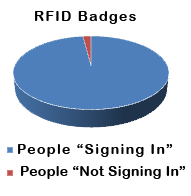
Huge jumps in the accuracy of sign in sheets. No one person needed to spend their whole day checking to make sure everyone was checked in and checked out. We were able to get a nearly 95% compliance for people “ virtually signing” in. We run a report daily to see who was in the center that day and when they were last seen. It helps confirm if a staff member states that they were in the center at a later date, we would be able to point to these sign in sheets.
Another case that did come up was with regards to the state of North Carolina asking if a participant had received therapy from our staff. Not only were we able to pull the therapy documentation from our electronic medical record, but we were able to match the time and dates to the information from IntelliView.
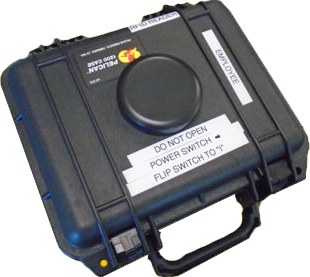
And lastly, safety with regards to emergency evacuation. Again, this cannot be understated, we were able to confirm to a nearly 98% confirmation of staff who were outside the building and a 100% participant compliance of who was outside of the building at our last fire drill.
